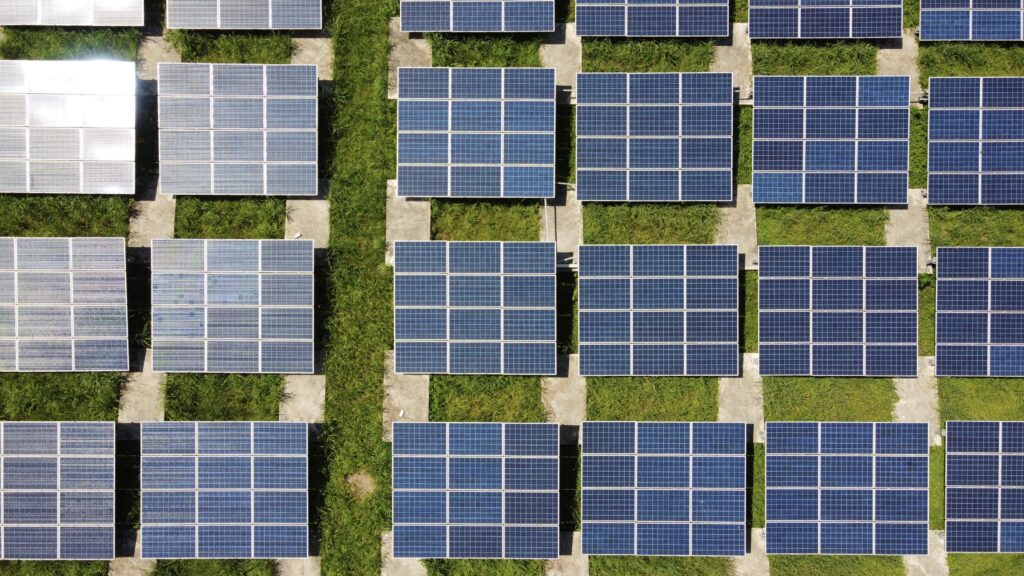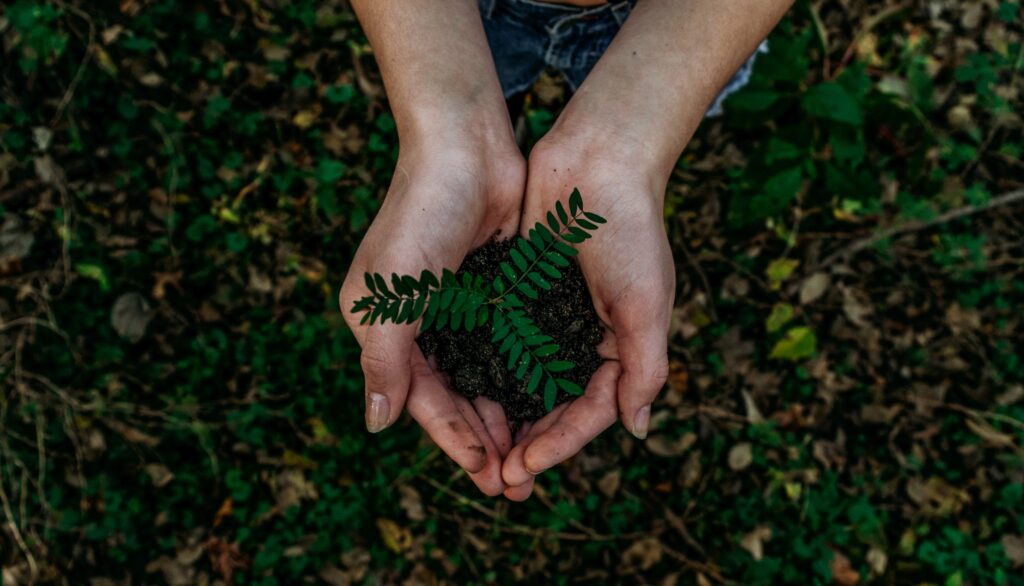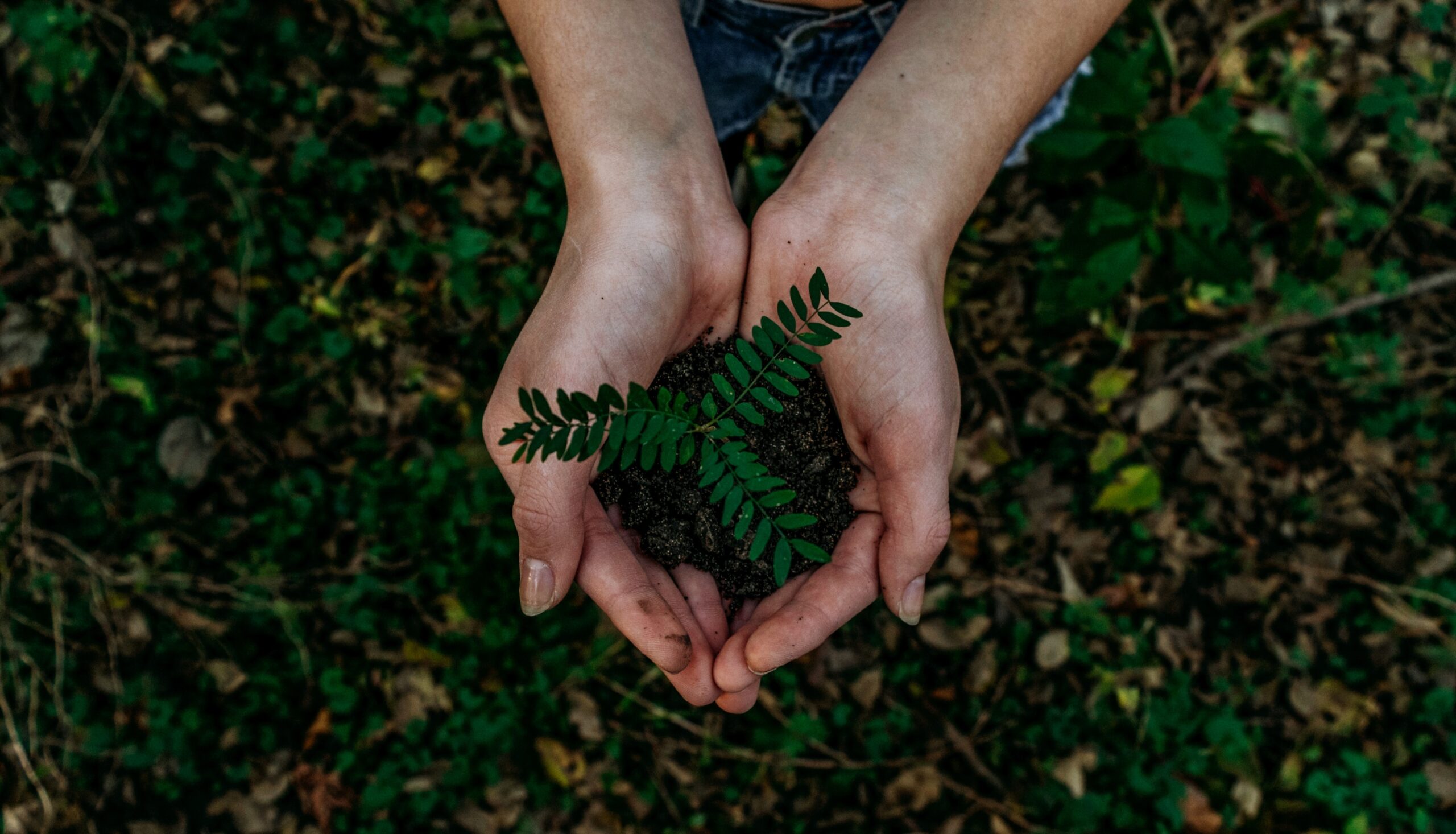In the world of environmental awareness and conservation, the concept of sustainable development has gained significant prominence. But what is sustainable development? It refers to the practice of meeting the needs of the present generation without compromising the ability of future generations to meet their own needs. Essentially, it is about finding a harmonious balance between economic growth, social progress, and environmental protection. So, let’s embark on a journey to understand the essence of sustainable development and its profound implications for the world we live in.

Check Out Our Top Eco Friendly Product Picks On Amazon Here
Definition of Sustainable Development
Understanding the concept
Sustainable development is a widely recognized approach to development that aims to meet present needs without compromising the ability of future generations to meet their own needs. It encompasses the idea of creating a balance between economic growth, social development, and environmental protection. The concept recognizes the interdependence of social, economic, and environmental aspects and emphasizes the need for an integrated and holistic approach to development.
Interconnected social, economic, and environmental aspects
Sustainable development goes beyond traditional development approaches by acknowledging that social, economic, and environmental aspects are interconnected and mutually influential. It recognizes that thriving economies depend on healthy ecosystems and that social well-being is closely linked to environmental sustainability. By considering the interplay of these three dimensions, sustainable development aims to create a harmonious and equitable world for current and future generations.
Historical Context of Sustainable Development
Origins of the term
The term “sustainable development” was first introduced in the 1987 report of the World Commission on Environment and Development (the Brundtland Commission). The report, titled “Our Common Future,” brought attention to the urgent need for development that meets the needs of the present generation without compromising the ability of future generations to meet their own needs. This report played a crucial role in raising awareness about the importance of sustainability and laid the foundation for global efforts in this area.
Evolution over time
Since the 1987 report, the concept of sustainable development has evolved and expanded. It has become a key guiding principle for policymakers, businesses, and communities around the world. The understanding of sustainability has deepened, recognizing the need for integrated and long-term approaches to addressing global challenges. The focus has shifted towards the interconnections between social, economic, and environmental factors, highlighting the need for holistic solutions.
Notable milestones
Several important milestones mark the progress made in the field of sustainable development. The adoption of the United Nations Sustainable Development Goals in 2015 was a significant step towards a more holistic approach to development. These goals provide a framework for action and serve as a roadmap for addressing the world’s most pressing challenges, including poverty, inequality, climate change, and environmental degradation. Another milestone is the Paris Agreement, reached in 2015, which aims to combat climate change and accelerate actions towards a sustainable and resilient future.
Goals and Objectives of Sustainable Development
Transitioning to a sustainable future
The primary goal of sustainable development is to transition towards a future where economic growth, social development, and environmental protection are mutually reinforcing. This requires moving away from unsustainable practices that deplete natural resources and harm ecosystems. It involves adopting sustainable production and consumption patterns, promoting renewable energy sources, and embracing innovative technologies that reduce environmental impacts.
Balancing the needs of present and future generations
Sustainable development aims to strike a balance between addressing the immediate needs of the present generation and safeguarding the ability of future generations to meet their own needs. It recognizes that our actions today have consequences for future generations and, therefore, emphasizes the importance of long-term thinking and decision-making. This includes considering the impacts of our choices on future generations’ access to clean water, food security, energy, and a stable climate.
Promoting social equity and inclusion
Sustainable development seeks to create a more just and equitable society by promoting social inclusion, cohesion, and equal opportunities. It recognizes the importance of eradicating poverty, reducing inequalities, and ensuring access to basic services such as education, healthcare, and clean water for all. It also emphasizes the empowerment of marginalized groups, including women, indigenous peoples, and vulnerable communities.
Reducing environmental degradation
Another essential objective of sustainable development is to reduce environmental degradation and conserve natural resources. This includes implementing measures to protect biodiversity, reduce pollution, and address climate change. Sustainable development recognizes that ecosystems are crucial for the well-being of both present and future generations, and therefore, preserving and restoring them is essential for long-term sustainability.
Principles of Sustainable Development
Intergenerational equity
Intergenerational equity is a key principle of sustainable development that emphasizes the fair distribution of resources and benefits between present and future generations. It recognizes that our actions today should not compromise the ability of future generations to meet their needs and aspire to a comparable quality of life.
Intra-generational equity
Intra-generational equity refers to the fair distribution of resources and benefits within the present generation. It calls for addressing inequalities and ensuring that all individuals have access to basic necessities such as food, water, healthcare, education, and decent work.
Precautionary principle
The precautionary principle is a guiding principle of sustainable development that advocates for taking preventive action in the face of uncertain risks. It underscores the importance of addressing potential harm to the environment or human health, even in the absence of clear scientific evidence. This principle encourages decision-makers to err on the side of caution to avoid irreversible damage.
Polluter pays principle
The polluter pays principle holds that those who pollute or cause environmental harm should bear the costs of cleaning up or mitigating the damage. It promotes the idea of internalizing environmental costs, ensuring that responsible parties are held accountable for their actions and incentivizing the adoption of cleaner and more sustainable practices.
Participatory decision-making
Participatory decision-making is a fundamental principle of sustainable development that recognizes the importance of involving all stakeholders in decision-making processes. This includes communities, civil society organizations, businesses, governments, and individuals. It ensures that diverse perspectives are heard, fosters ownership and accountability, and leads to more effective and sustainable outcomes.
Integration of economic, social, and environmental considerations
The principle of integration emphasizes the need to consider economic, social, and environmental factors in a balanced and integrated manner. It recognizes that decisions made in one dimension can have impacts on the others and aims to achieve synergies and avoid trade-offs between these three pillars of sustainable development.

The Three Pillars of Sustainable Development
Environmental sustainability
Environmental sustainability is one of the three pillars of sustainable development and emphasizes the importance of protecting and conserving the natural environment. It involves the responsible use of natural resources, the conservation of biodiversity, and the mitigation and adaptation to climate change. Environmental sustainability ensures that ecosystems are preserved for the benefit of present and future generations.
Social development
Social development focuses on the well-being and empowerment of individuals and communities. It encompasses aspects such as access to education, healthcare, clean water, sanitation, housing, and decent work. Social development aims to reduce poverty and inequality and promote social inclusion, cohesion, and justice.
Economic growth
Economic growth, within the context of sustainable development, means ensuring that economic activities are environmentally sustainable, socially inclusive, and contribute to human well-being. It involves promoting sustainable and responsible business practices, investment in green technologies, and fostering innovation and entrepreneurship. Economic growth is seen as a means to achieve social development and environmental sustainability rather than an end in itself.
Key Concepts in Sustainable Development
Carrying capacity
Carrying capacity refers to the maximum number of individuals or species that an ecosystem can support without causing significant harm or degradation. Understanding the carrying capacity of ecosystems is essential for sustainable development as it informs decisions related to resource use, population growth, and development planning.
Ecosystem services
Ecosystem services are the benefits that humans derive from ecosystems. These include provisioning services (such as food, water, and raw materials), regulating services (such as climate regulation and water purification), cultural services (such as recreation and spiritual values), and supporting services (such as nutrient cycling and soil formation). Recognizing the value of ecosystem services is crucial for sustainable development as it highlights the importance of maintaining healthy ecosystems.
Circular economy
The circular economy is an economic model that aims to minimize waste and maximize resource efficiency. It promotes the reuse, recycling, and regeneration of materials and products, reducing the reliance on finite resources and minimizing environmental impacts. The circular economy aims to create a closed-loop system where resources are kept in use for as long as possible.
Renewable energy
Renewable energy sources, such as solar, wind, hydro, and geothermal power, are vital for sustainable development. Unlike fossil fuels, renewable energy sources are naturally replenished and have lower greenhouse gas emissions. Promoting the use of renewable energy is crucial for addressing climate change, reducing reliance on finite resources, and achieving energy security.
Biodiversity conservation
Biodiversity conservation refers to the protection and preservation of the variety of life on Earth. Biodiversity is essential for ecosystem functioning, providing crucial services such as pollination, pest control, and carbon sequestration. Conserving biodiversity is critical for sustainable development as it supports the resilience of ecosystems, food security, and the discovery of new medicines and technologies.
Climate change mitigation and adaptation
Climate change mitigation refers to actions taken to reduce greenhouse gas emissions and limit global warming. This includes transitioning to renewable energy, improving energy efficiency, adopting sustainable agriculture practices, and promoting sustainable transportation. Climate change adaptation focuses on building resilience to the impacts of climate change, such as rising sea levels, extreme weather events, and changing precipitation patterns.

Challenges in Achieving Sustainable Development
Political and institutional barriers
Achieving sustainable development requires strong political will and commitment from governments and institutions. However, political and institutional barriers, such as conflicting interests, governance gaps, and lack of coordination, can hinder progress. Overcoming these challenges requires enhanced collaboration, effective policies, and the integration of sustainability into decision-making processes at all levels.
Economic limitations
Sustainable development often faces economic limitations, such as the high costs associated with transitioning to more sustainable practices and technologies. Limited financial resources, especially in developing countries, can impede progress towards sustainable development. Addressing these economic limitations requires innovative financing mechanisms, private sector engagement, and international support.
Social acceptance and behavior change
Sustainable development relies heavily on changing individual and collective behaviors. However, social acceptance and behavior change can be challenging to achieve. People’s attitudes, beliefs, and practices may need to be transformed to embrace sustainable lifestyles and consumption patterns. Promoting awareness, education, and community engagement are crucial in fostering a culture of sustainability.
Technological advancements
Technological advancements play a significant role in driving sustainable development. However, the pace of technological innovation and adoption can vary across different regions and sectors. Access to technology, especially in developing countries, can be a challenge, hindering progress in areas such as renewable energy, waste management, and water conservation. Efforts to bridge the technological gap and promote sustainable technology transfer are essential.
Lack of international cooperation
Sustainable development is a global challenge that requires international cooperation and collaboration. However, the lack of coordination and cooperation among different countries can hinder progress. Disparities in resources and capacities, as well as conflicting priorities, can make it difficult to achieve collective goals. Strengthening international cooperation, sharing best practices, and promoting global partnerships are crucial for advancing sustainable development.
Trade-offs between different goals
Sustainable development often involves balancing competing priorities and addressing trade-offs. For example, promoting economic growth may come at the expense of environmental sustainability, while conserving natural resources may restrict economic opportunities. Finding synergies and reconciling these trade-offs is a complex task that requires careful planning, stakeholder engagement, and integrated approaches.
Sustainable Development Goals (SDGs)
Background and adoption
The Sustainable Development Goals (SDGs) were adopted by the United Nations in 2015 as part of the 2030 Agenda for Sustainable Development. The SDGs build upon the earlier Millennium Development Goals and provide a comprehensive framework for addressing the world’s most pressing challenges. They were developed through an inclusive and participatory process involving governments, civil society, and the private sector.
17 interconnected goals
The SDGs consist of 17 goals, each focusing on a specific area of sustainable development. These goals cover a wide range of issues, including poverty eradication, gender equality, clean energy, sustainable cities, climate action, and biodiversity conservation. The goals are interconnected and mutually reinforcing, recognizing the need for integrated and holistic approaches to sustainable development.
Targets and indicators
Each SDG is accompanied by a set of targets and indicators that provide a roadmap for action and enable monitoring and reporting of progress. The targets specify the desired outcomes, while the indicators measure progress towards those outcomes. These targets and indicators provide a framework for tracking progress at the national and global levels and ensuring accountability.
Monitoring and reporting progress
Monitoring and reporting progress on the SDGs is crucial for assessing the effectiveness and impact of sustainable development efforts. It allows policymakers to make informed decisions, identify areas for improvement, and allocate resources effectively. Regular reporting and accountability mechanisms help ensure transparency, enhance collaboration, and drive action towards achieving the SDGs.

Examples of Sustainable Development Initiatives
Renewable energy projects
Renewable energy projects, such as solar, wind, and hydroelectric power plants, are excellent examples of sustainable development initiatives. These projects promote the use of clean and renewable energy sources, reducing greenhouse gas emissions and dependence on fossil fuels. They contribute to environmental sustainability, create job opportunities, and enhance energy access, especially in remote and underserved areas.
Sustainable agriculture practices
Sustainable agriculture practices, such as organic farming, agroforestry, and precision farming, aim to minimize environmental impacts while ensuring food security. These practices reduce the use of synthetic fertilizers and pesticides, conserve water resources, protect soil health, and promote biodiversity conservation. Sustainable agriculture initiatives support the livelihoods of small farmers, increase resilience to climate change, and contribute to healthy and nutritious food production.
Green building initiatives
Green building initiatives focus on constructing and designing buildings that are energy-efficient, environmentally friendly, and healthy for occupants. These initiatives promote the use of renewable materials, energy-efficient technologies, efficient water management systems, and sustainable waste management practices. Green buildings contribute to reducing carbon emissions, improving indoor air quality, and enhancing the overall sustainability of the built environment.
Conservation programs
Conservation programs, such as protected areas, wildlife sanctuaries, and habitat restoration projects, play a crucial role in preserving biodiversity and ecosystem services. These initiatives focus on the conservation and management of natural resources, including forests, wetlands, and marine ecosystems. Conservation programs help maintain ecological balance, protect endangered species, and safeguard the provision of ecosystem services.
Education and awareness campaigns
Education and awareness campaigns are essential for fostering a culture of sustainability and promoting behavior change. These campaigns aim to raise awareness about sustainable development, climate change, biodiversity conservation, and other relevant issues. They empower individuals and communities to take action, promote sustainable lifestyles, and make informed decisions. Education and awareness initiatives help build a sense of responsibility and inspire collective action towards sustainable development.
Role of Individuals and Communities
Changing personal consumption patterns
As an individual, you play a vital role in sustainable development by changing your personal consumption patterns. This includes adopting sustainable practices such as reducing waste, recycling, conserving water and energy, and choosing environmentally friendly products. By making conscious choices and embracing sustainable lifestyles, you can contribute to reducing resource consumption and minimizing environmental impacts.
Engaging in sustainable practices
Engaging in sustainable practices goes beyond personal consumption and extends to all aspects of life. This includes promoting sustainable transportation options such as walking, cycling, or using public transport, supporting local and organic food production, and advocating for responsible tourism. By integrating sustainability into your daily life, you can help create a more sustainable future and inspire others to do the same.
Community-led initiatives
Communities have a unique role to play in driving sustainable development through community-led initiatives. These initiatives can range from community gardens and renewable energy cooperatives to waste reduction and recycling programs. By mobilizing collective action, communities can address local sustainability challenges, build social cohesion, and create resilient and inclusive communities.
Promoting sustainable lifestyles
Promoting sustainable lifestyles involves not only changing individual behaviors but also influencing societal norms and values. This can be achieved through education and awareness campaigns, community engagement, and policy advocacy. By promoting the benefits of sustainable living and advocating for sustainable policies and practices, you can contribute to creating a more sustainable society.
In conclusion, sustainable development encompasses the integration of social, economic, and environmental aspects and aims to meet the needs of the present generation without compromising the ability of future generations to meet their own needs. It requires transitioning to a sustainable future, balancing the needs of present and future generations, promoting social equity and inclusion, and reducing environmental degradation. The principles of sustainable development emphasize equity, precaution, and participatory decision-making. The three pillars of sustainable development are environmental sustainability, social development, and economic growth. Key concepts in sustainable development include carrying capacity, ecosystem services, circular economy, renewable energy, biodiversity conservation, and climate change mitigation and adaptation. However, achieving sustainable development is not without challenges, including political and institutional barriers, economic limitations, social acceptance and behavior change, technological advancements, lack of international cooperation, and trade-offs between different goals. The Sustainable Development Goals provide a comprehensive framework for addressing these challenges. Examples of sustainable development initiatives include renewable energy projects, sustainable agriculture practices, green building initiatives, conservation programs, and education and awareness campaigns. Individuals and communities have a crucial role to play in driving sustainable development by changing personal consumption patterns, engaging in sustainable practices, leading community-led initiatives, and promoting sustainable lifestyles. By working together, we can create a more sustainable and equitable future for all.




